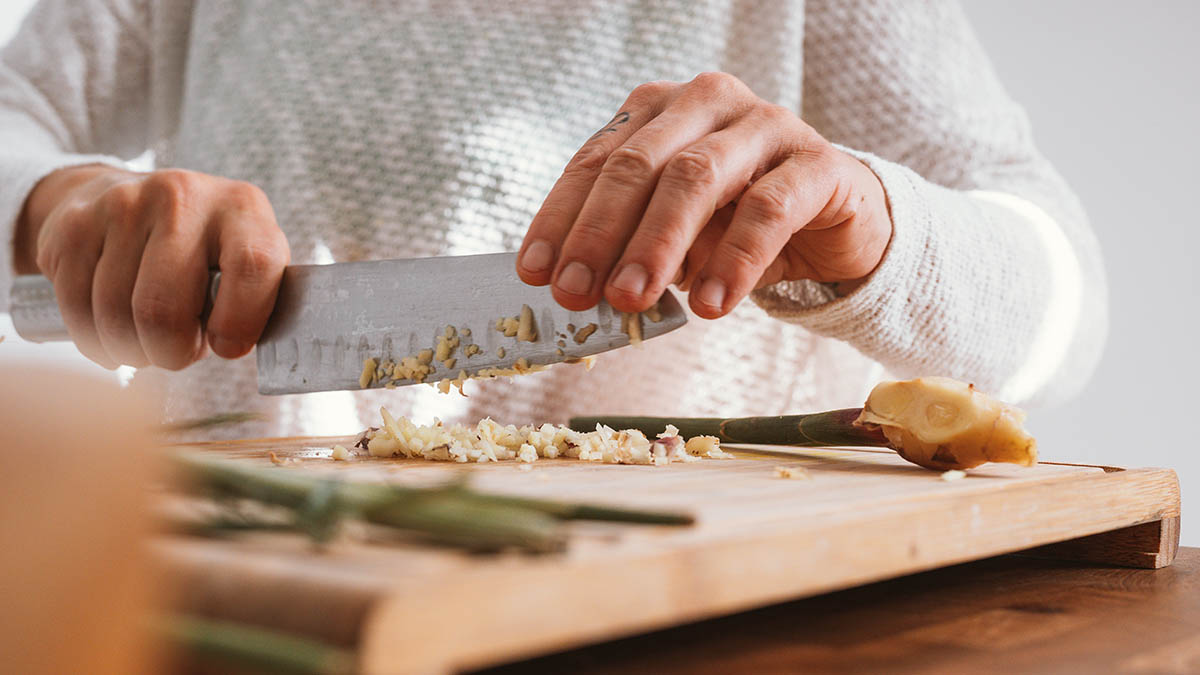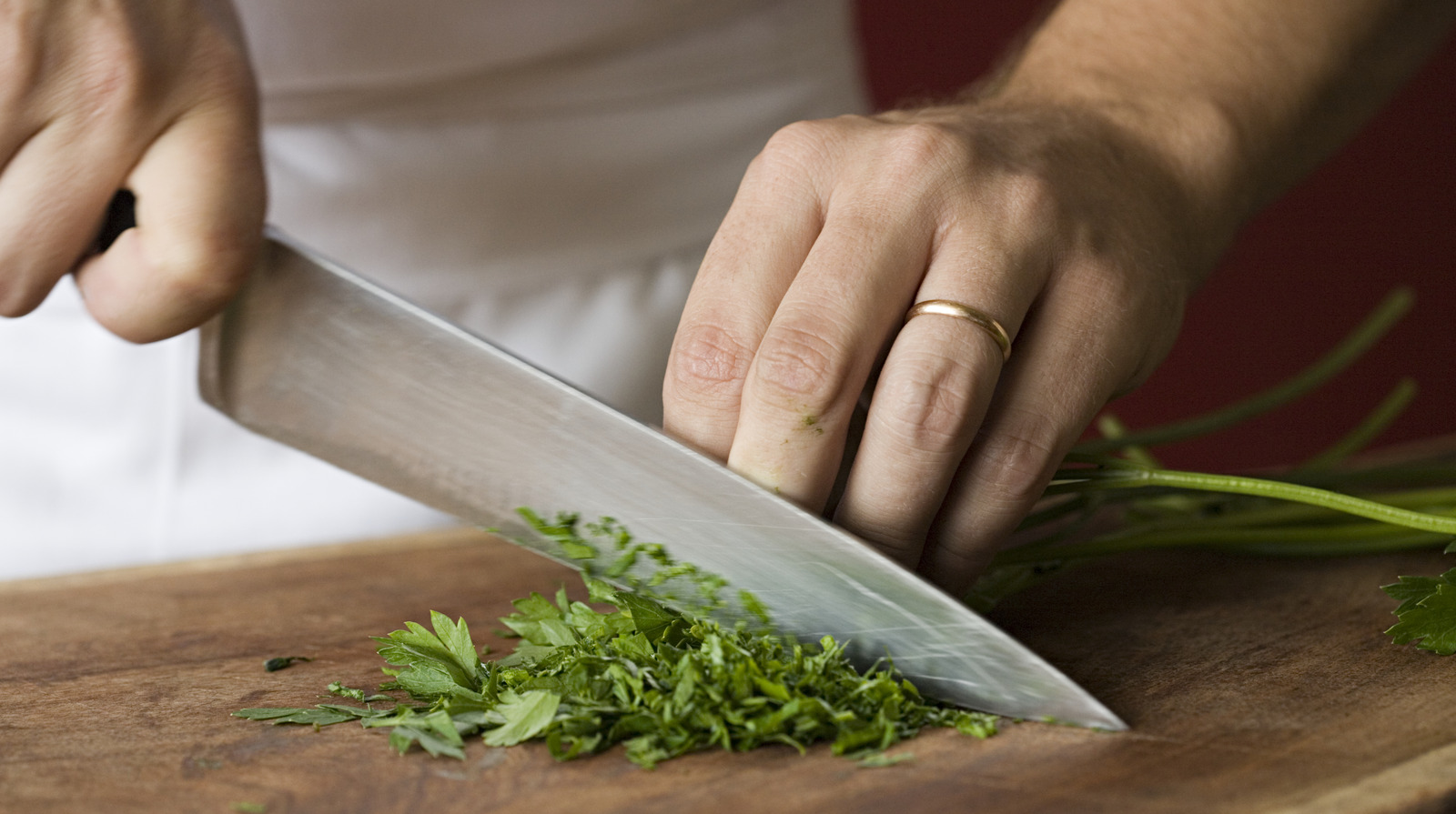In the world of food preparation, maintaining hygiene is of utmost importance. One of the most frequently asked questions in the culinary field is: when must you clean and sanitize your knife and cutting board? Whether you are a seasoned chef or a culinary student, **understanding the significance of cleaning and sanitizing** these essential kitchen tools will help you ensure food safety and enhance the quality of your culinary creations.
For kitchen professionals, knives and cutting boards are indispensable tools. However, they can also be hotspots for the transfer of harmful bacteria if not properly maintained. This engaging article will delve into the fundamental reasons that necessitate the cleaning and sanitizing of your knife and cutting board, when to do it, and the most effective practices in the kitchen for maintaining hygiene.

Understanding Contamination
Before diving into the specifics of cleaning, it's important to address what contamination actually involves. Contamination primarily occurs from:
- Raw foods: Ingredients like poultry, seafood, and certain vegetables can carry bacteria such as Salmonella and E. coli.
- Cross-contamination: This occurs when juices or particles from contaminated foods come into contact with other foods, leading to the spread of bacteria.
As a kitchen professional, you must be vigilant about the potential for contamination that can arise from these scenarios. Understanding this lays the groundwork for why cleaning and sanitizing are essential.
When to Clean Your Knife and Cutting Board
Cleansing your knife and cutting board should not be a matter of guesswork. Here are specific instances when you **must clean and sanitize**:
1. After Preparing Raw Protein
One of the cardinal rules in the kitchen is to immediately clean and sanitize your knife and cutting board after handling raw meat or seafood. This minimizes the risk of bacterial transfer to other food items. Ideally, use hot, soapy water right after use and follow up with a sanitizer.
2. Before Switching Ingredients
Whenever you switch from preparing one ingredient to anotherespecially when moving from raw to cooked or fresh foodyou must clean your knife and cutting board. For example, if you finish chopping chicken, clean the board before cutting vegetables. This is crucial for maintaining food safety and quality.
3. When You Notice Residue
If you observe any residues, such as bits of food or grease, it is wise to clean and sanitize the tools before continuing. Clean surfaces allow for cleaner and safer food processing.
Best Practices for Cleaning and Sanitizing
Cleaning is only part of the process; sanitizing is equally important. Here are some best practices to consider:
1. Use the Right Materials
Opt for non-toxic cleaning supplies that are safe for kitchen use. A mild dish soap combined with hot water will be sufficient for most cleaning jobs. For sanitizing, consider using a mixture of diluted bleach or vinegar solutions.
2. Use Separate Boards
If possible, its beneficial to use different cutting boards for various types of foods. For instance, using a separate board for meats and another for vegetables reduces the risk of cross-contamination. For more tips, check out this article on cutting board colors.
3. Pay Attention to Wood vs. Plastic
Different materials require various care methods. Wooden boards may need oiling to prevent cracking, while plastic ones can often go through the dishwasher. Learn more about it in our article on keeping wooden boards in shape.
4. Time Your Cleaning
Make it a habit to clean your knife and cutting board immediately after use. Don't procrastinate. The longer bacteria remain on surfaces, the more likely they are to multiply. Always ensure a clean environment for your cooking tasks.
Additional Considerations
Aside from basic cleaning practices, there may be additional considerations for particular ingredients or situations. For instance, when preparing foods that are inherently messy, such as sauces or marinades, consider segmenting your preparation area to avoid overwhelming your tools.
Also, when using wooden cutting boards and knives, understand that they often need special attention. For further insights, visit this guide on wood vs plastic.

Frequently Asked Questions
1. How often should I clean my knife and cutting board?
You should clean your knife and cutting board after every use, especially when switching between different types of food.
2. What is the best method for sanitizing?
A dilution of bleach in water is often recommended for effective sanitization. Ensure you rinse thoroughly afterward.
3. Can I use the dishwasher for cleaning?
Some plastic cutting boards can be washed in the dishwasher, while wooden boards should be cleaned by hand to avoid damage.
As an Amazon Associate, I earn from qualifying purchases.


























